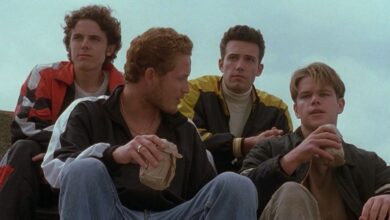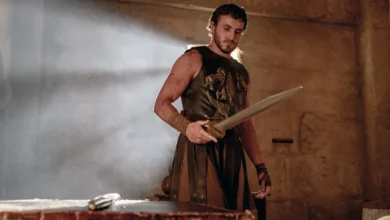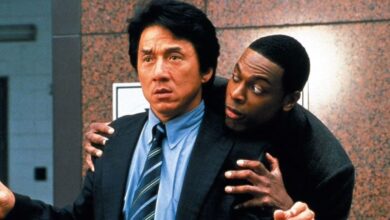5 Essential Filmmaking Lessons from ‘Good Fortune’ Stars

In the world of cinema, the insights shared by seasoned filmmakers can serve as invaluable lessons for aspiring directors and writers. The stars of ‘Good Fortune’ recently unveiled five key filmmaking lessons that can transform your approach to storytelling.
The ‘Good Fortune’ Stars Share 5 Game-Changing Filmmaking Lessons
Good Fortune was written and directed by Aziz Ansari in his feature directorial debut. The film stars Keanu Reeves as Gabriel, a bumbling guardian angel, Aziz Ansari as Arj, a struggling employee, and Seth Rogen as Jeff, a wealthy venture capitalist. Keke Palmer plays Elena, an activist fighting for better working conditions.
The film, which premiered at TIFF, explores themes around the American Dream, wealth, and empathy through a body-swap premise—Gabriel swaps Arj’s life with Jeff’s to show that money does not solve all problems.
The cast recently sat down with Esquire to talk about the film. We also get an incredible moment where Reeves reenacts Neo’s iconic bullet-dodging sequence, much to Palmer’s excitement. (We’re fangirling too, trust us.)
Check out the convo here, then our big takeaways for filmmakers.
Start with Authentic Emotion
Ansari describes how his latest film began with a real social observation about economic inequality in LA. He saw one person blessed by the last 20 years, another screwed by them. The script became Ansari’s attempt to address economic disparity and gig economy hardships, but he said initially it was a dramatic story.
He didn’t start with jokes. He was telling a story about a guy sleeping in his car. But the frustration about widespread problems was his jumping-off point, and then he figured out how to make it funny. Your personal investment in the material becomes the foundation for authentic storytelling.
As he said, “No matter how rough my life has been, you’re always laughing at some point.”
Levity Makes Drama More Real, Not Less
Palmer agreed that comedy enhances the story, saying that “nothing is just one beat all the time. At some point, you’re going to laugh. At some point, it’s going to break.”
While mixing tones can be difficult, if you do it right, it helps audiences connect more deeply with serious material. As Palmer says, it mirrors how people actually experience drama and conflict every day.
Location Scouting Can Be About Saying Yes
When asked why they chose Denny’s for a key scene, Ansari simply said, “Denny’s said yes.”
Sometimes the best locations aren’t the most glamorous ones. They’re the ones that welcome your production, and if it’s cheap or free, that’s even better.
See More ...
The team also recognized that this particular Denny’s looked good on camera despite its bleak location and had cinematic qualities. Practical needs and visual appeal can align if you get creative.
Don’t Let Test Screenings Derail Your Vision
Reeves revealed that The Matrix had test screenings “that didn’t go so well,” but apparently the filmmakers refined the work based on feedback to give us the sci-fi classic we have today.
As he said, “You chisel, you film, you go through a process. And that film went through that process.”
Sometimes audiences need time to catch up to innovative storytelling, but that doesn’t mean we don’t take feedback. Every reaction, even negative ones, can teach you something as a filmmaker.
Write for Your Actors’ Strengths
Ansari noted that writing for Palmer is easy, and the other actors said they noticed that Ansari was excited by her performance.
“You got a special joy out of telling Keke to say things,” Rogen said.
“Keke’s the funnest person to write for because anything you write, she’s just going to make it funny,” Ansari said.
Smart filmmakers recognize their collaborators’ gifts and craft material that lets those talents shine. This is why it’s so important to get out and network. Go to film festivals. I’ve found some of my actors by watching shorts or indie features and enjoying their work. The beauty of this industry is that when you see someone you enjoy on the screen, there’s a good chance you can become real-life colleagues in the future—and then create characters for them.
Good Fortune is in theaters Oct. 17.




